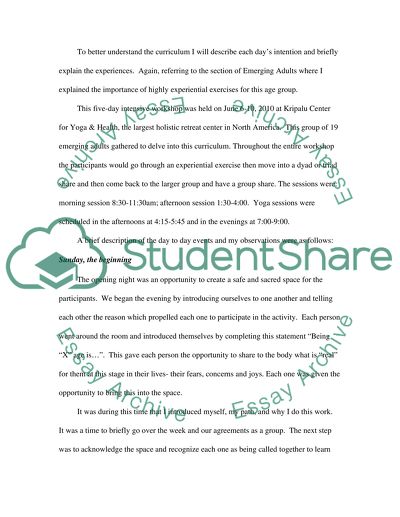Cite this document
(Description of the Workshop Curriculum Assignment, n.d.)
Description of the Workshop Curriculum Assignment. Retrieved from https://studentshare.org/human-resources/1570712-re-write-of-curriculum
Description of the Workshop Curriculum Assignment. Retrieved from https://studentshare.org/human-resources/1570712-re-write-of-curriculum
(Description of the Workshop Curriculum Assignment)
Description of the Workshop Curriculum Assignment. https://studentshare.org/human-resources/1570712-re-write-of-curriculum.
Description of the Workshop Curriculum Assignment. https://studentshare.org/human-resources/1570712-re-write-of-curriculum.
“Description of the Workshop Curriculum Assignment”, n.d. https://studentshare.org/human-resources/1570712-re-write-of-curriculum.


